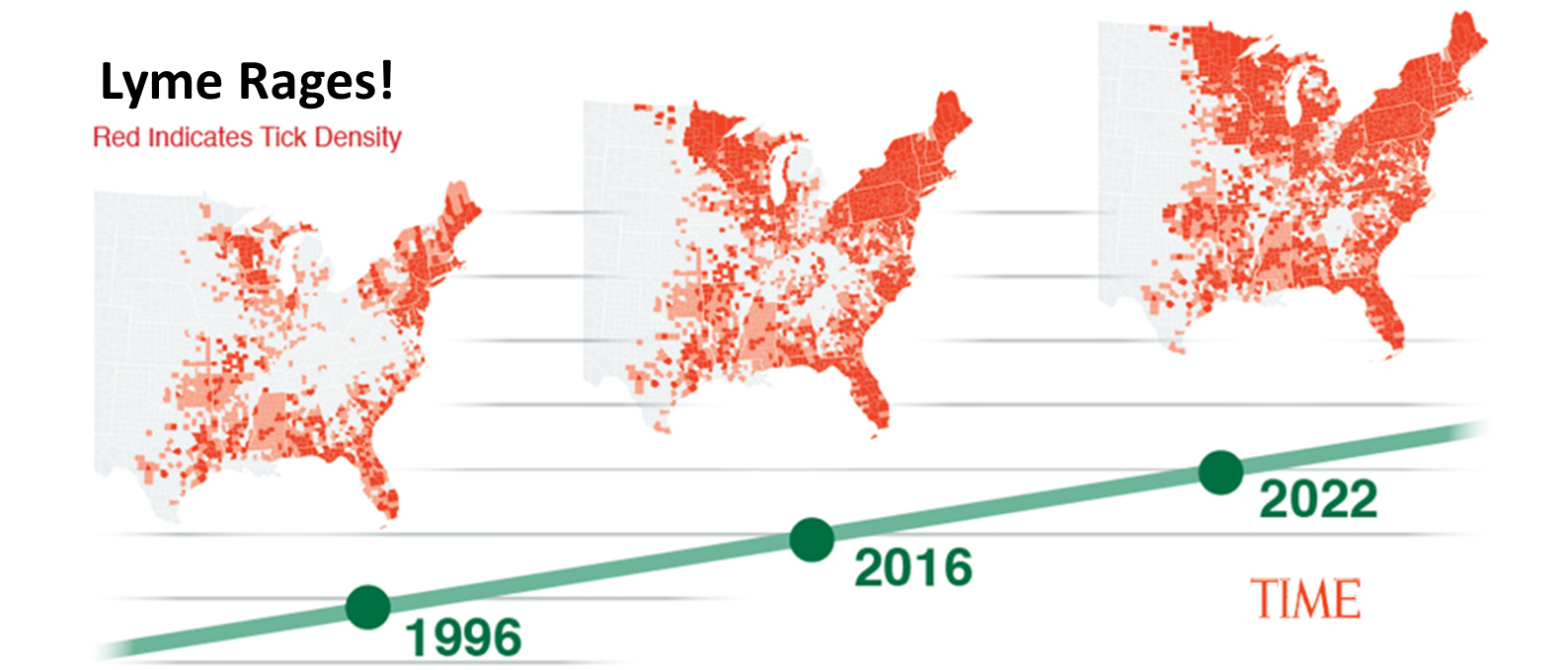GUEST POST: MAINTAINING ALLOCATOR INTEREST AFTER A “NO”: Remain in Touch

As allocators choose which investment managers to commit capital to, they will inevitably dish out more “Nos” than “Yeses” due to the nature of the investment ecosystem – too many managers are chasing a limited amount of commitment dollars. The current lack of liquidity in the system (primarily caused by high interest rates reducing deal executions and a shortage of exits in recent years) further exacerbates the number and dollar amounts of new commitments. However, allocators will always be gluttons for information, so GPs should not treat a “No” as a permanent roadblock or a lifelong “limbo” conviction because periodically sharing useful nuggets tends to keep the door slightly ajar. Although certain investment strategies may not fit a particular allocator’s investment philosophy/policy for the foreseeable future, investors generally pride themselves on their flexibility of thought and intellectual honesty, so a new piece of information or a change in the economic climate may eventually turn a “No” into a “Maybe” or even “Yes”.
But how should a rejected GP maintain contact with the allocator without crossing the line from “cordial business contact” to “bona fide nuisance”? It is a tricky balance that can be achieved with emotional intelligence and authenticity. This feat will invariably be achieved through periodic communications via email, but what should be included in these emails to keep allocators interested? Below are a few tips that engage allocators without being overbearing or seeming desperate.
- Annual Meetings, Info Sessions, and Other Events Invites: Even after rejection, invitations to annual meetings, info sessions, and other fund events are effective ways for GPs to demonstrate their fund’s inner workings to a target LP. These occasions allow for pressure-free observations and interactions with the manager, and they also build a good foundation for future engagement. Prospective investors benefit from the informal interactions that occur at these events by getting a diversity of perspectives that may change their opinions or provide them with other angles to consider.
- White Papers, Industry Insights, Sector Landscapes, Closed Deals, etc.: As mentioned, allocators will hardly ever turn down the opportunity to receive useful information. Inbound emails containing information that could increase the knowledge base of the recipient will almost always be opened. GPs who establish a reliable schedule for dispersing beneficial insights will gain and keep allocators’ attention.
- Quarterly and Annual Reports: Some GPs have strict confidentiality rules around sharing fund-specific information with non-LPs. However, GPs with relatively flexible document-sharing policies or those who can redact or anonymize sensitive data creatively can use the sharing of quarterly and annual reports to entice future investors. A GP’s quarterly/annual reports provide potential investors with an unadulterated look at how things are handled in real time. The reports provide the prospective LP with deal highlights, track record movements, portfolio positioning, and strategy pivots, as they occur. Investors are more likely to consider a fund in the future if their reports transparently show intellectual honesty and dynamic critical thinking.
- Key Team Additions:A team-strengthening hire is always a good reason to reach out to potential investors who assessed your strategy but passed on it. This type of communication is a no-brainer if the bandwidth or general strength of the team are suspected reasons for the rejection. However, team augmentation updates are useful in all scenarios because they demonstrate active firm improvements.
- Organizational Updates: Other than new hires, organizational updates such as the addition of a new strategy/vertical, the securing of an anchor investor, the execution of a first close, a change in closing schedules, the alteration of fund terms, the formation of a new co-investor or service provider partnership, etc., all serve as a reasonable (and serious enough) impetus to correspond with allocators you want to eventually secure as investors. Communications with organizational update information usually require the recipient to update their internal database and this keeps the GP top-of-mind.
As a staunch advocate for allocator empathy, I believe GPs should always be sensitive to the complicated predicaments of their target investors. However, with careful thought and concerted planning, thoughtful approaches to ongoing engagement with all prospective investors (particularly the ones who have initially passed on the strategy) can yield beneficial results.
Anthony Kwesi Hagan
Founder and Head of Research, FreedomizationTM
June 17th, 2024.



